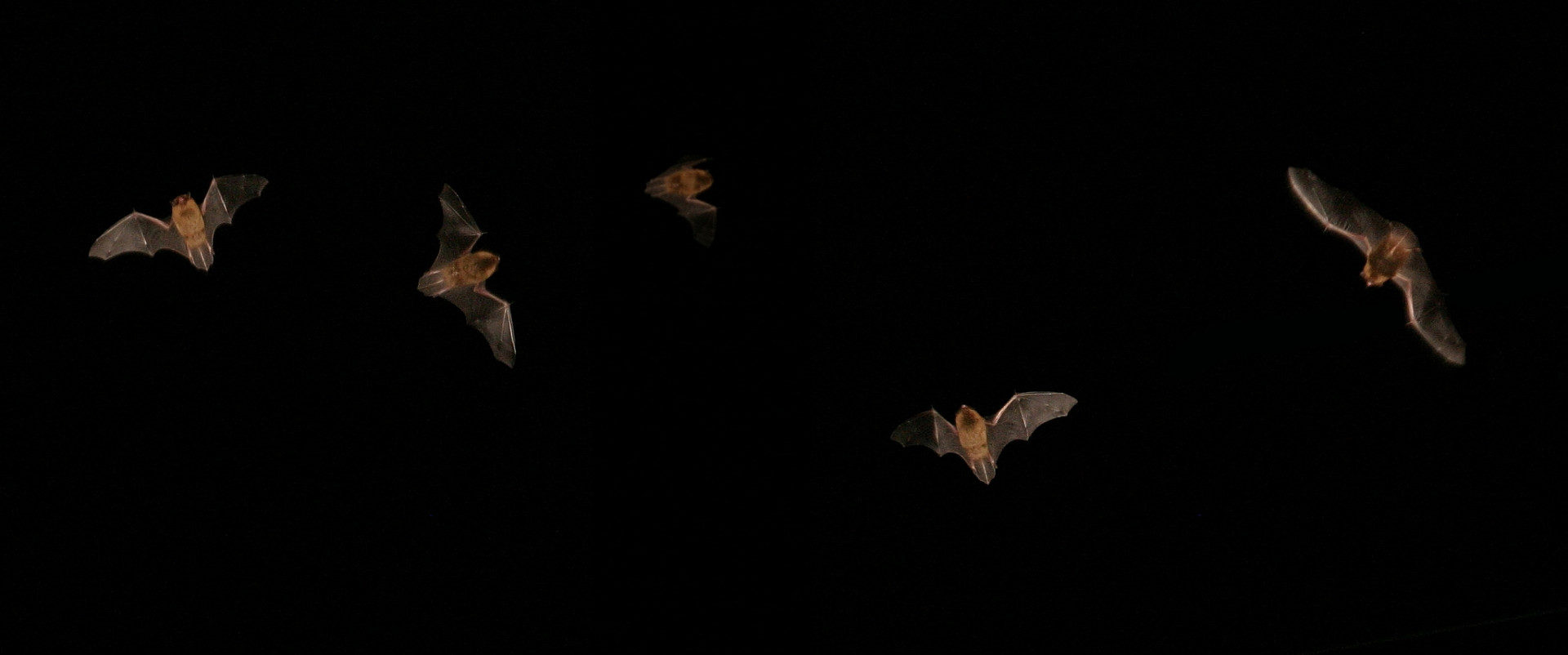When you think of bats, you may think of blood-sucking, fluttery, mouse-like creatures plastered over paraphernalia and in movies and cartoons. What you may not think of, however, is a mammal that is a friend to farmers and gardeners alike for their exclusive insect-eating abilities in protecting crops and flowers; and a protected species that can conjure up chilling tales of contractors and developers project woes, should regulations not be complied with.
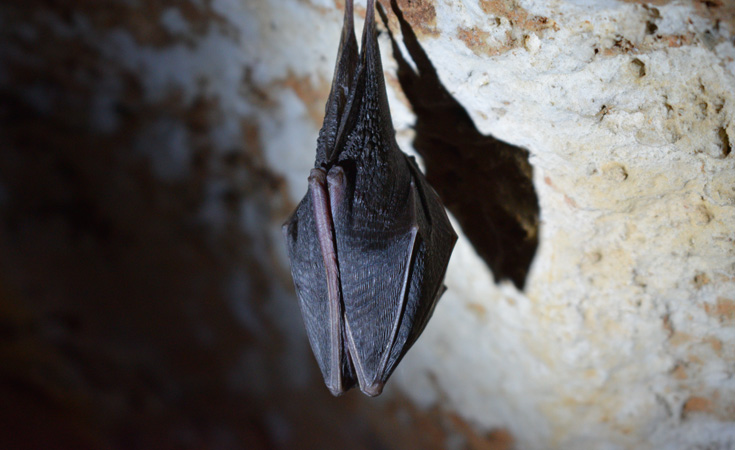
As environmental consultants, we understand the importance of bats in the ecosystems and their contribution to the biodiversity of the UK landscape. We also realise the importance of progress and development that our clients need to achieve. This is why we provide the necessary education, protection, and compliance that mitigates against our clients coming into contact with bats.
Here we share some of our successful bat work stories.
Noises from the loft
Following previous work at a care home, two of our ecologists, both named Joe, returned to undertake compliance checks. We had conducted inspections during which brown long-eared bats were found roosting in the lofts. Therefore, in order for works to be carried out on the building, we had written a European Protected Species Licence (EPSL) which was required from Natural England, including suitable mitigation and monitoring.
We returned this year to check all the recommendations had been followed and a new loft inspection was conducted as part of the outlined monitoring requirements in the EPSL. During this new inspection, we found that the loft was still being occupied by brown long-eared bats, showing successful mitigation measures.
All in all, we ended up with a happy client and happy bats too, as they continued to use the lofts for roosting, with minimal disturbance to them and the care home.
Being bat-ready
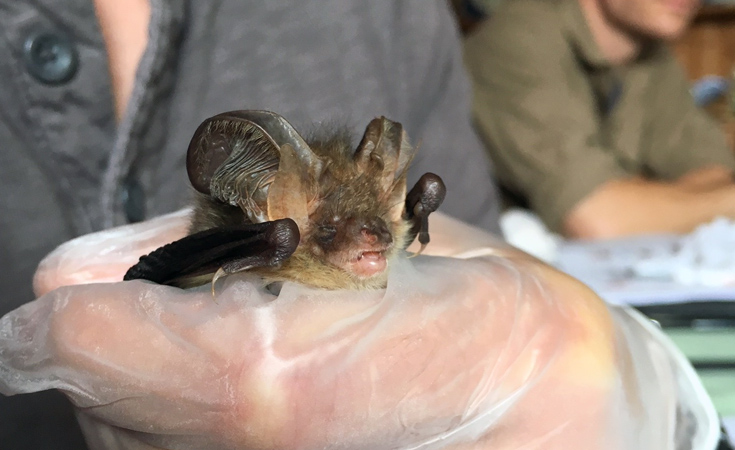
Three of our ecological consultants attended a two-day advanced bat course as they work towards their level two bat licences. They received training in harp trapping, mist netting, use of endoscopes and bat handling. Whilst undertaking the training, they were lucky enough to encounter a wide range of bats including rarer species such as Bechstein’s and lesser horseshoe.
Site operatives beware
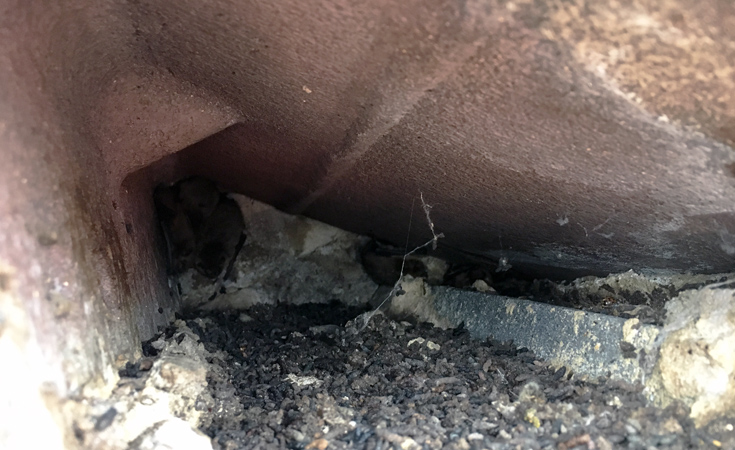
On the site of proposed works involving the refurbishment of a residential complex, a bat roost was confirmed during a dusk and a dawn survey.
One of our licensed bat ecologists, Rob, identified a pipistrelle roost underneath a roof ridge tile, accessible via a 5cm gap in crumbling mortar. Due to their excessive and prolonged noise and vibration, the proposed works were assessed as a high disturbance activity to roosting bats and therefore deemed as unlawful activity.
An EPSL was then applied for and granted to permit the translocation of bats to a bat box mounted on a suitable tree nearby. Six bats (four soprano pipistrelles and two common pipistrelles, sharing the same roost) were removed by hand.
After each bat was processed, having had biometrics recorded to provide information for the local biological records centre, the bats were safely translocated to the bat box nearby and the now empty roost was made unsuitable so that works could be undertaken without risk of disturbing bats.
The translocation was much to the astonishment of site operatives who were convinced that the building was unsuitable for bats and could not possibly contain a roost.
A good night’s roost?
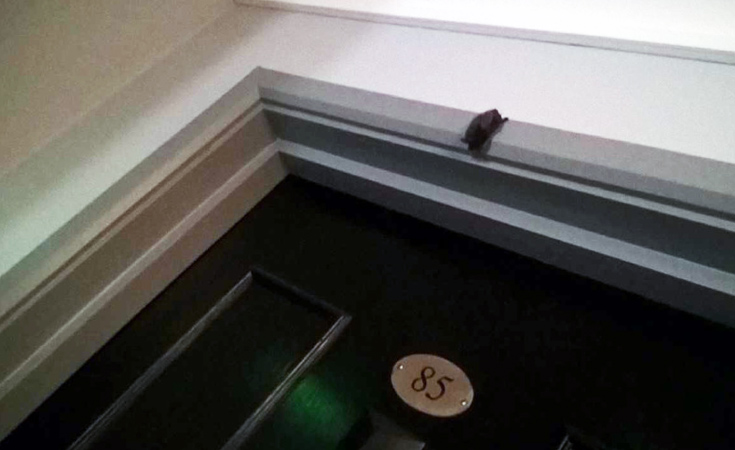
Upon returning to their hotel while carrying out bat surveys for clients, a myotis bat was found to be roosting on the door frame of one of our two ecologist’s hotel rooms.
As the bat appeared healthy and had just gotten trapped within the corridor after seemingly accessing the hotel through open doors, they decided to take action to ensure its safe return to the wild.
Having previously worked with the Bat Conservation Trust, ecologist Hannah followed the Trusts guidelines on rescuing bats trapped within buildings.
Using a large box, borrowed hotel napkins, and jar lids, a makeshift bat retreat was created to keep the bat safe during the day. Not wanting to distress the bat more than necessary, handling was limited to placing it within the box and conducted with suitable gloves and hygiene standards. The bat was then safely released at night, back into the wild.
Why are bats important?
There are 18 species of bat in the UK, the most common – and the smallest – being the soprano pipistrelle (Pipistrellus pygmaeus). All bats in the UK are protected under the Wildlife & Countryside Act.
Bats in the UK exclusively feed on insects, so they’re good at helping maintain crops and gardens. Due to multiple factors, bats in the UK are in decline. The main reasons for this decline are due to human impacts. For instance the loss of roosting sites in hollow trees due to habitat destruction, the use of insecticides and chemical timber treatments, both of which can poison bats.
Like some other species of animals in the UK, bats are also ‘indicator species’. This means changes in bat populations can indicate changes in biodiversity, which is vital for understanding and monitoring climate change; the provision of food, medicines and for research purposes.
How we can help you with your next project
As experts in environmental compliance, we can provide you with the correct licensing, information and techniques you need in order to stay the right side of the law. We can undertake a preliminary ecological appraisal, and on-site bat surveys to ensure it is safe for works to be carried out – where bats may or may not be present. If necessary, we can then conduct mitigation, which can include translocation, to ensure bats are safe and work can then continue on your project.
